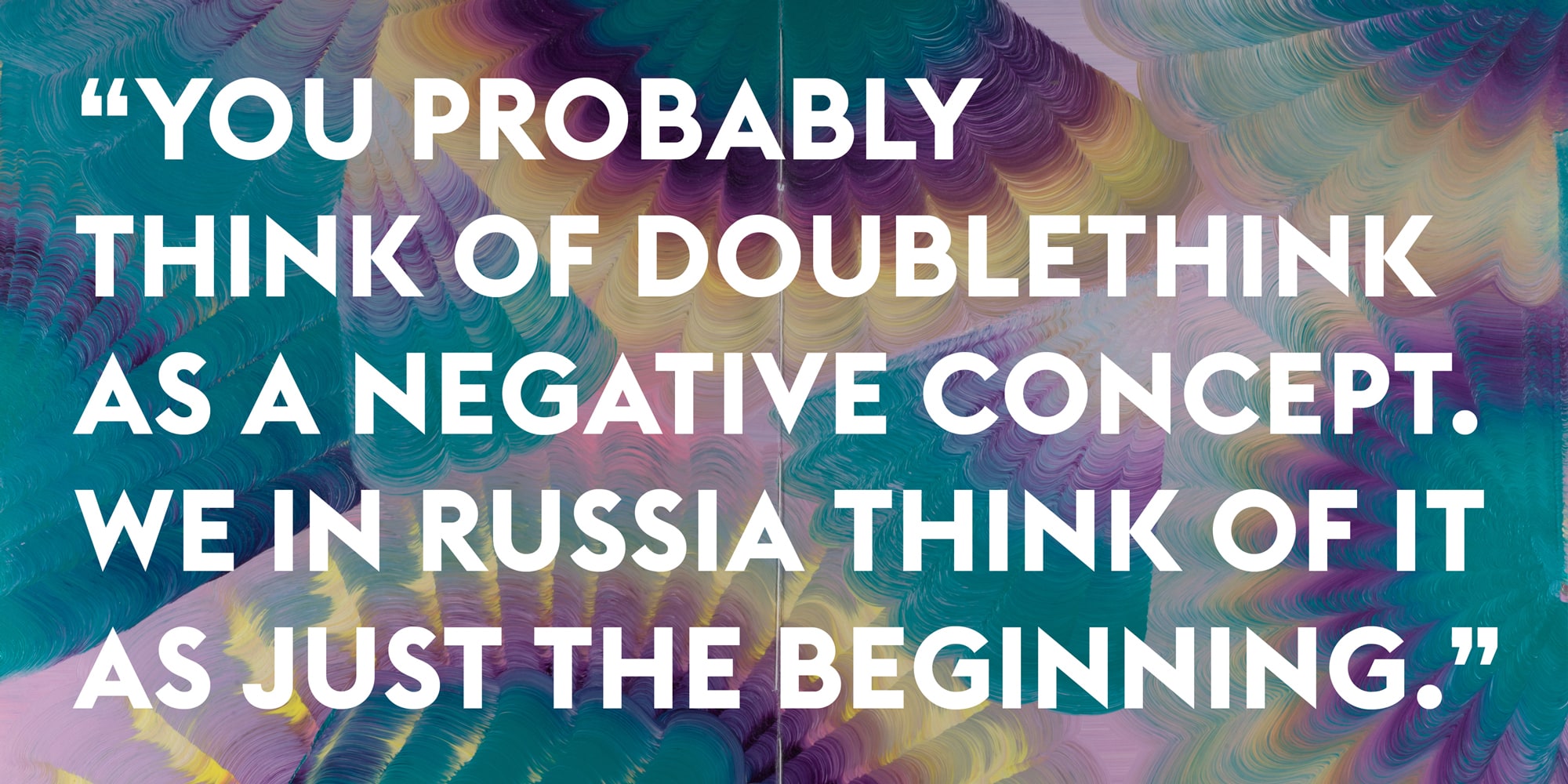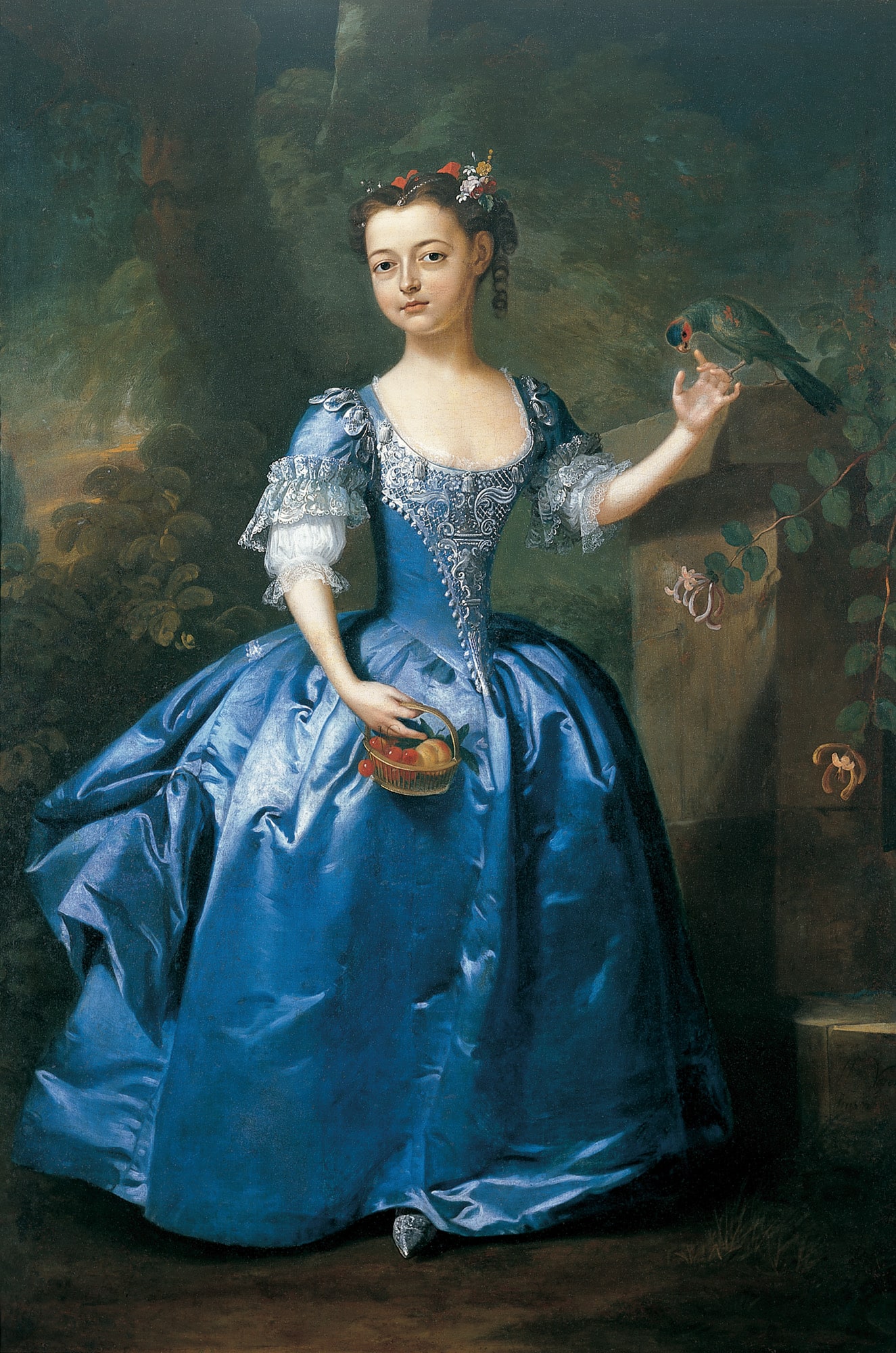Pera Kids
Ages 9-11
At the workshop to take place during Science and Technology Week, we’ll be chatting about examples in art in which technology is used and then we’ll meet the musician Yuri Suziki, who has formed an orchestra. We’ll design a dancing robot using various materials and then learn about the relationship between the operational speed of a simple motor in an electric circuit and the energy source. We’ll also learn how engineering skills are used in daily life, scientific research and how they’re used in art.
Materials
Felt Markers (3)
Paper Cup (1)
Wooden clothespin (1)
Scissors (1)
Battery (2, AA)
Battery Compartment (1, AA double-battery compartment)
DC Motor (1)
Electrical tape (1 roll)
White paper (1 A4 sized sheet or larger)
Chenille (2) (optional)
Moving eyes (2) (optional)
Glue (1 tube) (optional)
Instructor: Science Heroes Association Volunteers
Age: 9-11 years (Grades 4 and 5)
Capacity: 50 people
Duration: 90 minutes
We request that the 9-11 age group participate in the online workshops together with an adult.
The participants themselves will provide the materials to be used in the workshop.
A participation ticket will be sent to participants via email. The activity will take place as a Zoom Meeting.
Detailed information: ogrenme@peramuzesi.org.tr
Our quota is full, thank you for your interest.

Our institutions have been stuck on linear Neo-Platonic tracks for 24 centuries. These antiquated processes of deduction have lost their authority. Just like art it has fallen off its pedestal. Legal, educational and constitutional systems rigidly subscribe to these; they are 100% text based.

1638, the year Louis XIV was born –his second name, Dieudonné, alluding to his God-given status– saw the diffusion of a cult of maternity encouraged by the very devout Anne of Austria, in thanks for the miracle by which she had given birth to an heir to the French throne. Simon François de Tours (1606-1671) painted the Queen in the guise of the Virgin Mary, and the young Louis XIV as the infant Jesus, in the allegorical portrait now in the Bishop’s Palace at Sens.

This life-size portrait of a girl is a fine example of the British art of portrait painting in the early 18th century. The child is shown posing on a terrace, which is enclosed at the right foreground by the plinth of a pillar; the background is mainly filled with trees and shrubs.
Tuesday - Saturday 10:00 - 19:00
Friday 10:00 - 22:00
Sunday 12:00 - 18:00
The museum is closed on Mondays.
On Wednesdays, the students can
visit the museum free of admission.
Full ticket: 300 TL
Discounted: 150 TL
Groups: 200 TL (minimum 10 people)